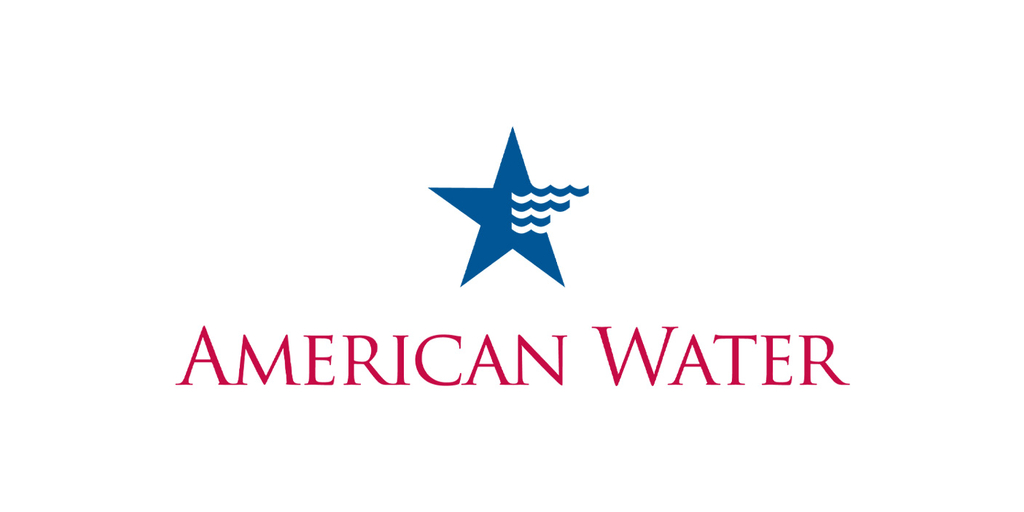Sign up for daily news updates from CleanTechnica on email. Or follow us on Google News!
Experts underscore that the standard is for a system of charging, not just a plug, and relay best practices.
The auto industry took the next step in the evolution of North American electric vehicle charging solutions today at The Battery Show in Detroit. That’s where SAE International released its NACS J3400 Recommended Practice document.
Technically called the “SAE J3400TM: NACS Electric Vehicle Coupler Technical Recommended Practice,” the RP can be considered a “blueprint to build” and should set off a stream of new products from suppliers that OEMs and third-party groups like UL will soon test, said Rodney McGee, chairman of the SAE J3400 NACS Task Force and a research engineer at the Transportation Electrification Center at the University of Delaware.
“There’s going to be more interoperability testing, more work with the industry, as we look for opportunities for improvements in the document,” he said. “When we go from a recommended practice to a standard, we really want to see more of that happen. The ideal situation is that there are very few changes between the two.”
NACS is also getting an official name change with this next step. The acronym now stands for the “North American Charging System” (instead of “Standard” at the end) in order to “[reflect] that it is a system comprising a set of industry standards covering aspects beyond the vehicle coupler,” SAE said in its announcement.
McGee told SAE Media that the move to J3400 gave the industry the opportunity to incorporate good ideas that have been introduced or made popular since the development of the last major North American EV standard, J1772, which kicked off in 1996 and became broadly adopted by the industry in 2009. McGee said there are two main reasons why the upcoming massive shift to NACS should finally provide better charging infrastructure in North America. First, once most new EVs can charge at the gold-standard Tesla network, other operators will need to match Tesla in ease-of-use and reliability or they’ll lose the apples-to-apples comparisons that EV drivers will make in a way they couldn’t before. Second, the reason Tesla’s network has advantages over the OEM-and-supplier-built networks that non-Tesla drivers deal with is that Tesla engineers worked on both the vehicle and the EVSEs.
“When [Tesla] designed the basis of NACS over ten years ago, they were always focused on both sides,” McGee said. “They were a company building and operating a charging network and also building cars, and when you approach a system from that development, you end up maybe in a different place than when J1772 was started, when OEMs did not have these energy units and these huge investments in infrastructure. Now, they’re on both sides of the equation and so the system design of NACS really is about mass electrification: having a connector that can support more voltage types for AC charging and more connection methods. We really brought in a lot of that stuff to be THE standard to electrify transportation in North America, especially for passenger cars.”
Compared to J1772, for example, J3400 will allow for digital communication between the car and the charger (J1772 uses what McGee called a “very dumb analog communication method”) and the task force hopes to bring features like minimum required error codes that the ChargeX consortium uses with DC fast charging to the new AC J3400 standard. J3400 also adopts V2G and backup power requirements.
J3400 will also update the North American charging landscape to allow for carry-along cord sets, McGee said. Common in the rest of the world, personal cords allow for smaller, cheaper EVSEs because the stations offer a standard port instead of a cable and plug that requires more investment and maintenance. This will help bring EV charging infrastructure to lower-income drivers and people who live in apartments.
“The stuff that hangs around when there’s no electric car there needs to be minimized,” McGee said. “It needs to disappear into the infrastructure. And that’ll really drive curbside charging.”
The J3400 RP currently says the maximum amperage for the standard would be 900 amps if it’s just pulling from the connector side and 1000 amps if pulled from both the vehicle inlet side and the connector side. “[That] is just theoretical,” McGee said, since no automaker has announced anything that powerful. “But in theory, NACS tops off at exactly one megawatt.”
On the voltage side, the updated NACS will bring some of Tesla’s far-sightedness to the broader public. Tesla chargers are able to use the 40-volt, three-phase power that comes from utilities to a commercial site as single-place power at 277 volts and put that into the vehicle directly, McGee said. That will mean cheaper AC charging because you don’t need to have to pay for an extra transformer right there on the curb. Using less copper and a smaller conduit are other benefits.
By Sebastian Blanco, courtesy of SAE International.

Have a tip for CleanTechnica? Want to advertise? Want to suggest a guest for our CleanTech Talk podcast? Contact us here.
Latest CleanTechnica.TV Videos
CleanTechnica uses affiliate links. See our policy here.
CleanTechnica’s Comment Policy




